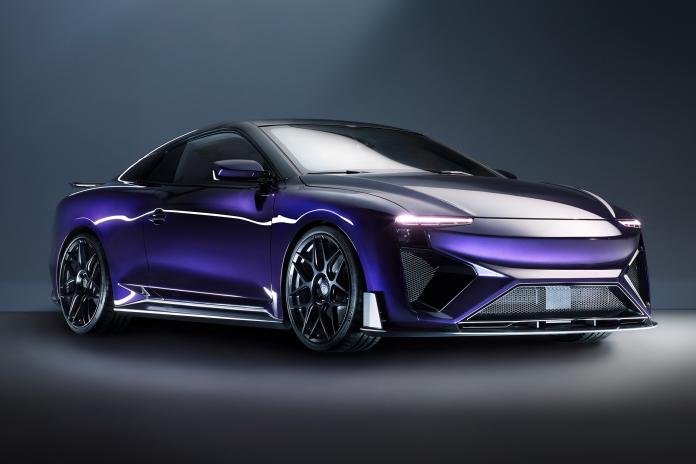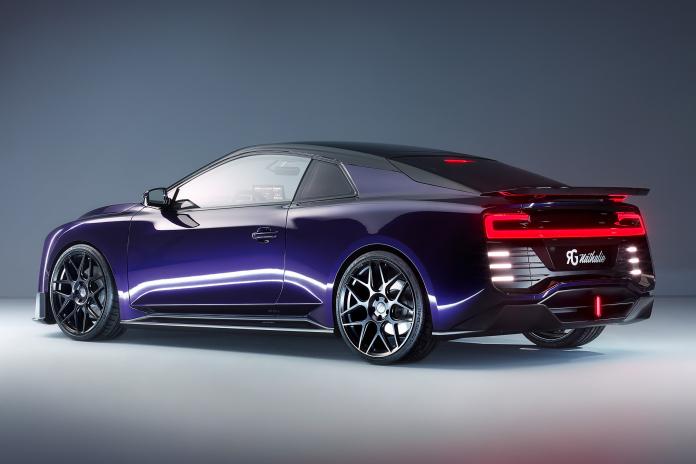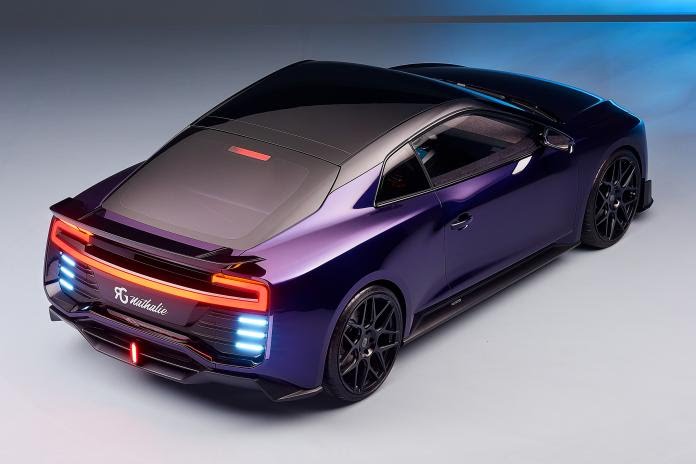The car doesn’t require any plugs or electrical charging as all the electricity is generated from methanol.

Just as our excitement for China’s first electric car, the Qiantu K50, is finally dying down, another new contender enters the scene to get our heart rates up again. Meet the world’s first methanol-electric car, the Gumpert RG Nathalie, that is set to revolutionise the new energy industry.
The engineer behind the Gumpert Apollo, Roland Gumpert, has teamed up with Chinese start-up AIWAYS to unveil world’s first electric car that uses methanol to produce its power. What this means is that the car doesn’t require any plugs or electrical charging. All the electricity is generated from methanol.

Bizarre? Not really. The method is similar to a hydrogen fuel cell where a methanol fuel cell converts the fuel into electricity, which then powers the engine.
Gumpert, formerly the director of Audi Sport and founder of the Gumpert sports car brand called the Apollo Automobil, says the car will be capable of 1,200km on a single charge. Powered by four 137bhp electric motors, it is also predicted to easily manage a top speed of 2.5sec 0-62mph time and a 190mph top speed. All this is made possible by an innovative methanol fuel cell stack developed by Danish firm Serenergy that promises higher electrical efficiency than regular hydrogen cells.

“This technology will take over the world. There is no recharging involved and no wires to plug. With methanol you have your own powerplant inside the car,” he says.
Burning of the methanol is surprisingly clean too, releasing only water and carbon dioxide. Additionally, Gumpert engineers say that it helps to even rid of carbon dioxide in the air, as methanol consumes carbon dioxide to make, offsetting whatever emissions the car gives out. In other words, here is a car with as close to a zero emission reading as you’ll get.

Additionally, methanol can already be readily purchased at some forecourts in Europe.
At the time of writing, only 500 models will be made with deliveries estimated for March this year. We haven’t got clear indications on prices yet but it’s easy to assume it will be expensive.







